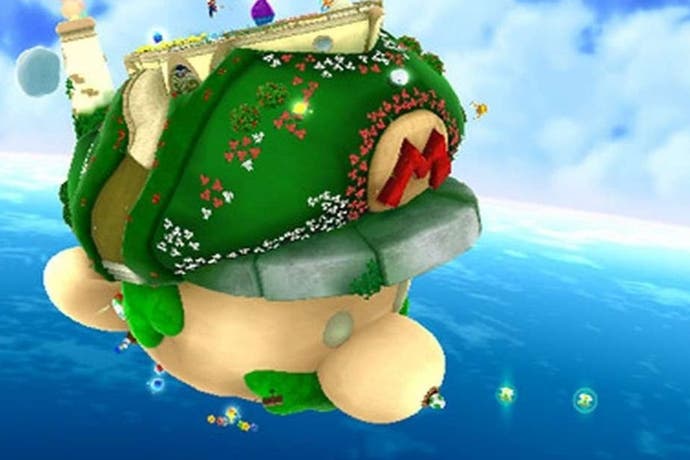Mario Galaxy's planetary physics examined in university paper
"It would likely explode."
Four University of Leicester students have examined the physics behind Nintendo's platforming hit Super Mario Galaxy.

The short paper, titled It's a-me Density!, attempts to rationalise the size of a typical Galaxy planetoid with the level of gravity affecting the player.
Galaxy lets Mario jump and walk with much the same gravity as on Earth (or in the Mushroom Kingdom), but the game's spherical worlds are far smaller than your average planet.
Such objects are possible - but would need to be incredibly dense for all the sums to add up.
"If a planet with the density of a white dwarf, a 50m radius, and Earth-like gravity were to be constructed what would happen?" the paper ponders.
It turns out that Mario wouldn't fare too well.
Differences in gravity in such extreme conditions would "inflate and redden the subject's face," the paper determines. "It is possible that this is the source of Mario's baby-like complexion."
More seriously, however, none of the planetoids would last long enough for you to step onto them.
"The outcome of this discrepancy is that if constructed, the planet would survive for only a very brief moment before violently destroying itself and any short plumbers who happen to be running about on its surface."

